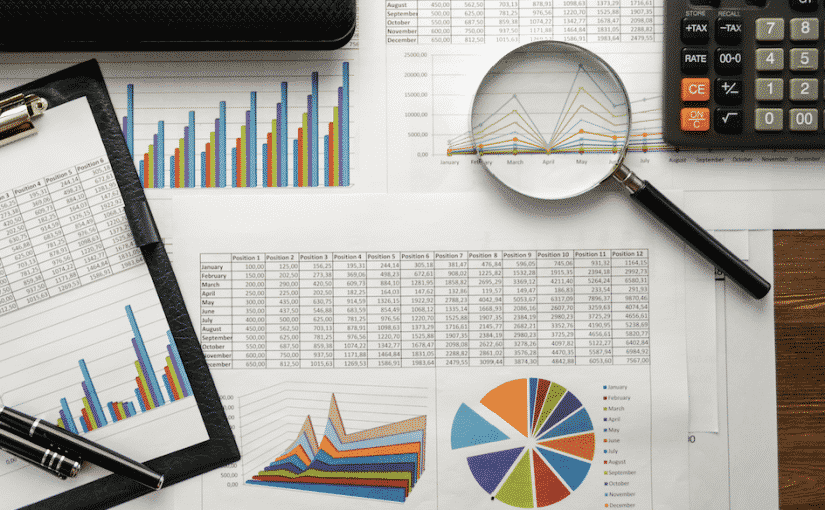For Warren Buffett to invest in a company, he must fully understand the nuts and bolts of a company. It must be simple for him to understand. In fact, one of his greatest metrics for identifying gems is his rule of identifying a company’s “economic moat.”
“A truly great business must have an enduring “moat” that protects excellent returns on invested capital. The dynamics of capitalism guarantee that competitors will repeatedly assault any business “castle” that is earning high returns,” he notes, as quoted by Townhall Finance. “Therefore a formidable barrier such as a company’s being the low-cost producer or possessing a powerful world-wide brand is essential for sustained success. Business history is filled with “Roman Candles,” companies whose moats proved illusory and were soon crossed.”
If you have a strong “moat,” or a unique ability to maintain competitiveness, despite growing competition, the stronger you become as an entrepreneur, as a startup, or as an existing company owner. A strong “moat” doesn’t just refer to what Warren Buffett wants to see. It’s also a way to view your own operations for continued success.
Traits of a Powerful Moat
A moat is what allows a company to protect itself from its competition.
It allows a company to do what its competitors cannot do – like charge a 400% premium for coffee, as Starbucks can do, even though you can buy coffee for $2 at a local mom and pop.
When it comes to a successful moat:
There is a strong brand name
When you think of coffee, many of us think of Starbucks immediately. It has a powerful brand with incredibly loyal customers that pay more than a 300% premium for coffee. Coca-Cola is one of the most dominant names on the planet that can dominate its competition.
Strong brands drive sales, market values, and eventually shareholder value. It’s tough to penetrate a thick moat of a strong brand. If I handed you $100 billion, could you replicate Coca-Cola, Microsoft, Apple, or Starbucks? Probably not.
Switching Costs can be Too High
The gains of using any other product are far outweighed by the “switching costs.” If I wanted to switch from Apple to Microsoft, for example, after years of loving my Mac, I would have to buy a new computer, new software programs, and spend the time to relearn everything I already knew with the Mac.
There is network effect
Facebook and Twitter have a network effect that’s not easy to replicate, for example.
Lower-Cost Providers
Inspired by the success of a dime store he once owned, Sam Walton would open the first WalMart in 1962 in Rogers, Arkansas. Competitors thought the idea of offering lower prices and better value would never work. Eight years later, Walton began to expand outside of Arkansas. By 1970, 38 stores were opened with $44.2 million in sales.
By 1990, after a great deal of hard work and determination, the discount retailer would become the top retailer in the U.S. with $26 billion in sales. The company is now worth well over $320 billion, crushing most of its competitors with lower cost goods. The ability to offer good products at lower costs is why the company has become a multi-billion dollar retail behemoth. It can’t be touched.
It has Intangible Assets
There are some companies that have a powerful advantage over others because of intangible assets, including patents, licenses, and brand recognition. If a company’s product is protected with a patent, it’s tough to replicate. A pharmaceutical company can pay top dividends to investors thanks to patents on top-selling drugs, which can crush competitors. While such companies have a protective moat, the potential loss of patent protection on some drugs can make companies a bit nervous.

